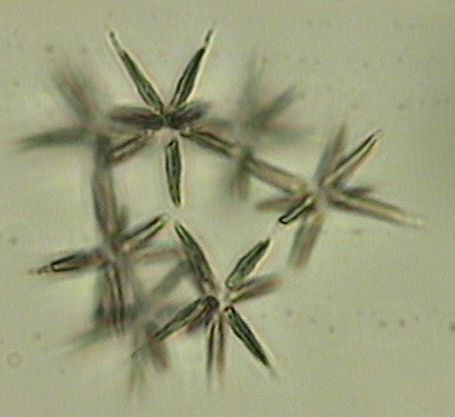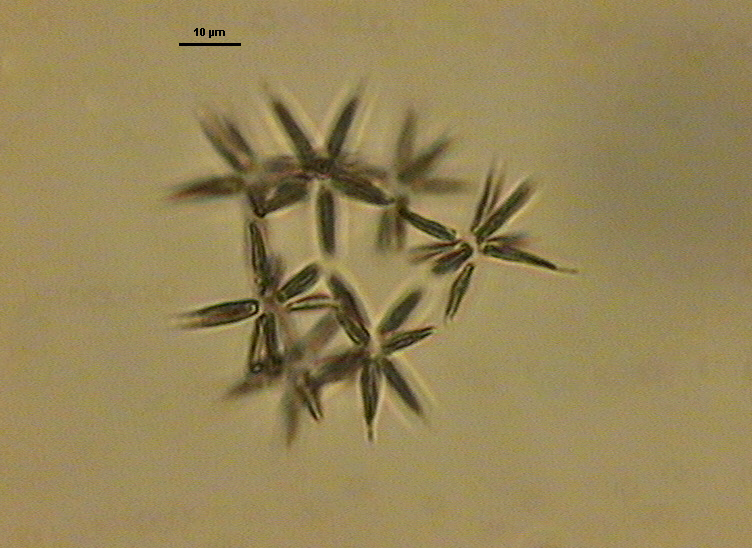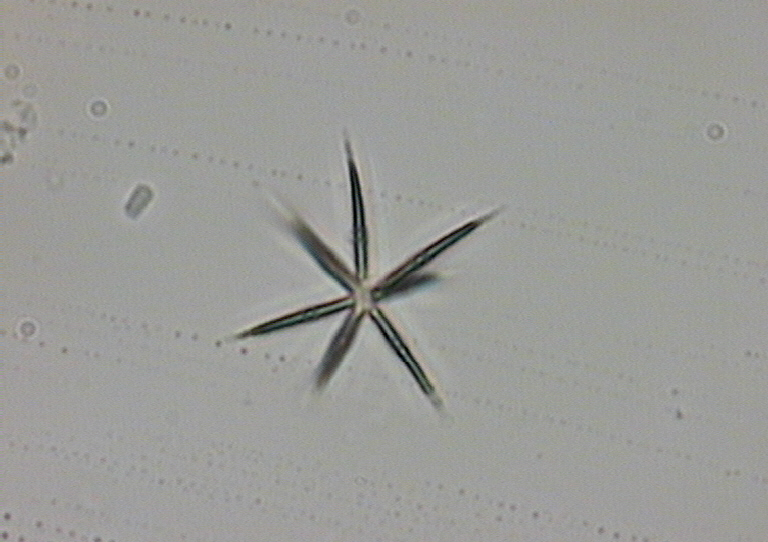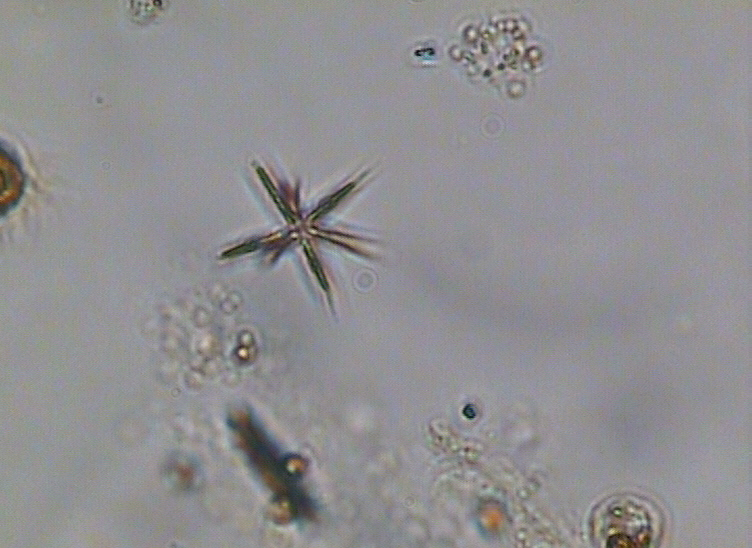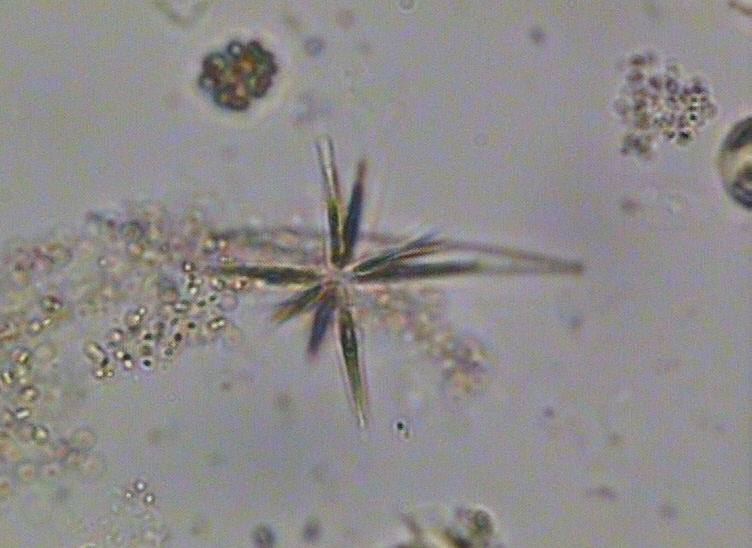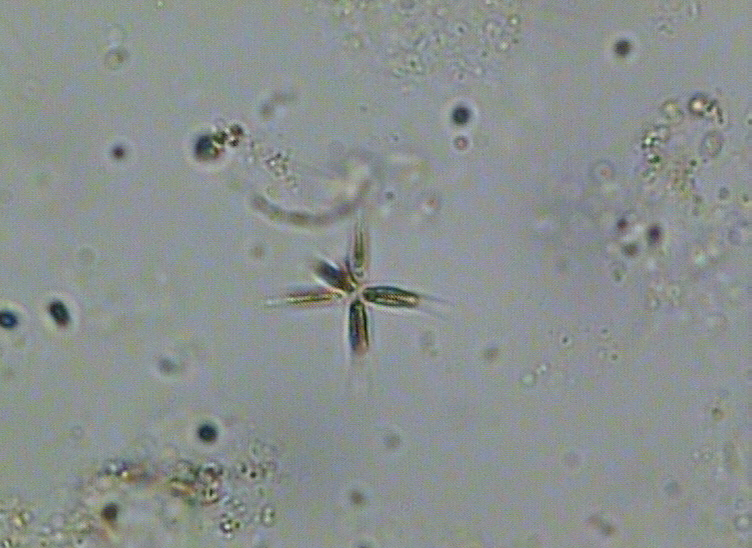
Species details
The coenobium is of 4 or 8 cells, but has also been reported to 2 or 16 cells, rarely solitary. Cells are much longer than broad, cylindrical, spindle, cone- shaped, or elongated with rounded ends, usually straight or slightly curved at the ends, radiating from a common centre, connected only at base.The chloroplast parietal with one usually invisible pyrenoid; cell wall fine, smooth.
- Cell Length: from 7 to 40 µm
- Cell Width: from 1 to 8 µm
Planktonic or overgrown in eutrophic fresh, brackishwater ponds, lakes, ditches, bogs. Cosmopolitan distribution, except in arctic and subarctic regions.
Not reported.
Resistence Stages:Not reported.
Das Phytoplankton des Susswassers: Systematik und Biologie 7.T., Halfte. Chlorophyceae (Grunalgen), Ordnung: Chlorococcales / von J. Komarek, B. Fott., Stuttgart : E. Schweizerbart'sche Verlagsbuchhandlung, Huber-Pestalozzi G., 1983, 1044
Checklist of Baltic Sea Phytoplankton Species. Baltic Sea Environment Proceedings No. 95, Helsinki Commission Baltic Marine Environment Protection Commission, Hällfors G., 2004,
Biovolumes and size-classes of phytoplankton in the Baltic Sea, HELCOM Balt.Sea Environ. Proc. No. 106, Olenina I., Hajdu S., Edler L., Andersson A., Wasmund N., Busch S., Göbel J., Gromisz S., Huseby S., Huttunen M., Jaanus A., Kokkonen P., Ledaine I. and Niemkiewicz E., 2006, 1-144
_635192579156270000.jpg)
_635192579219250000.jpg)

